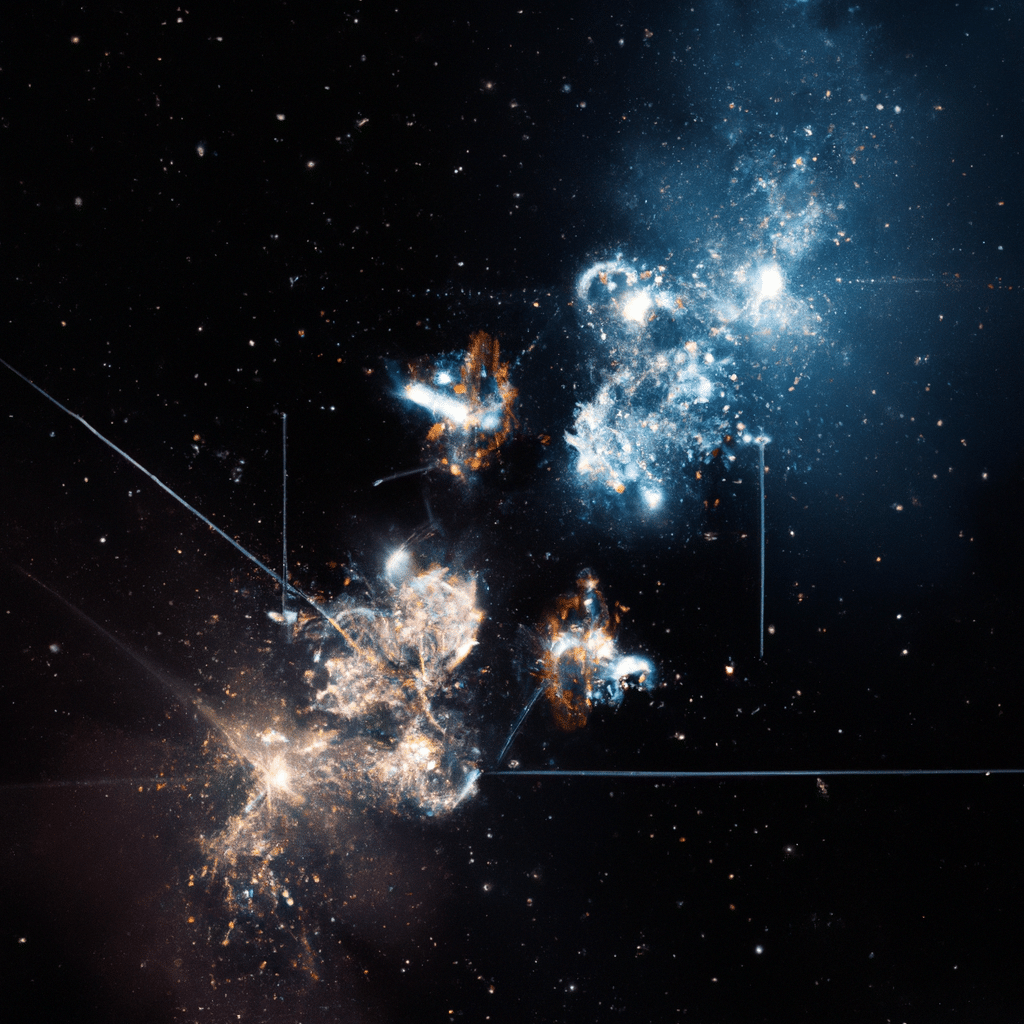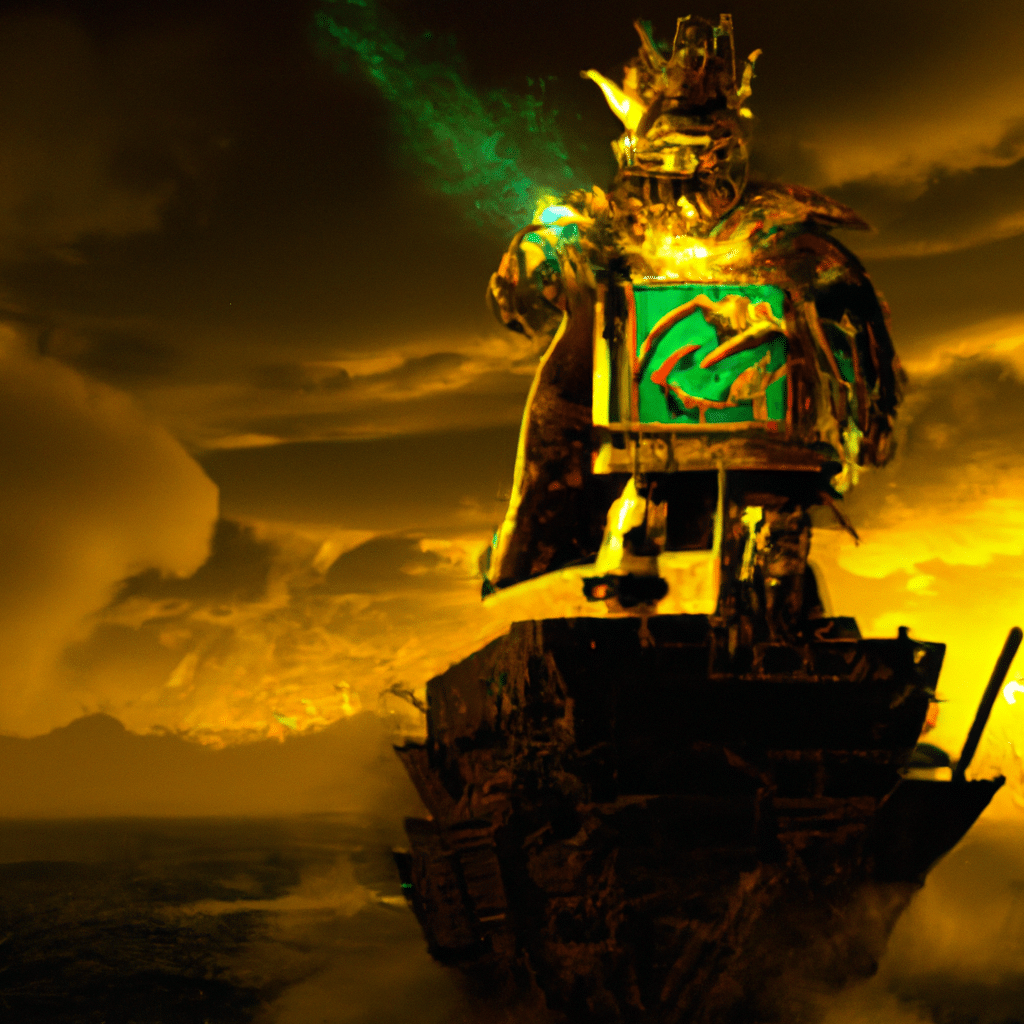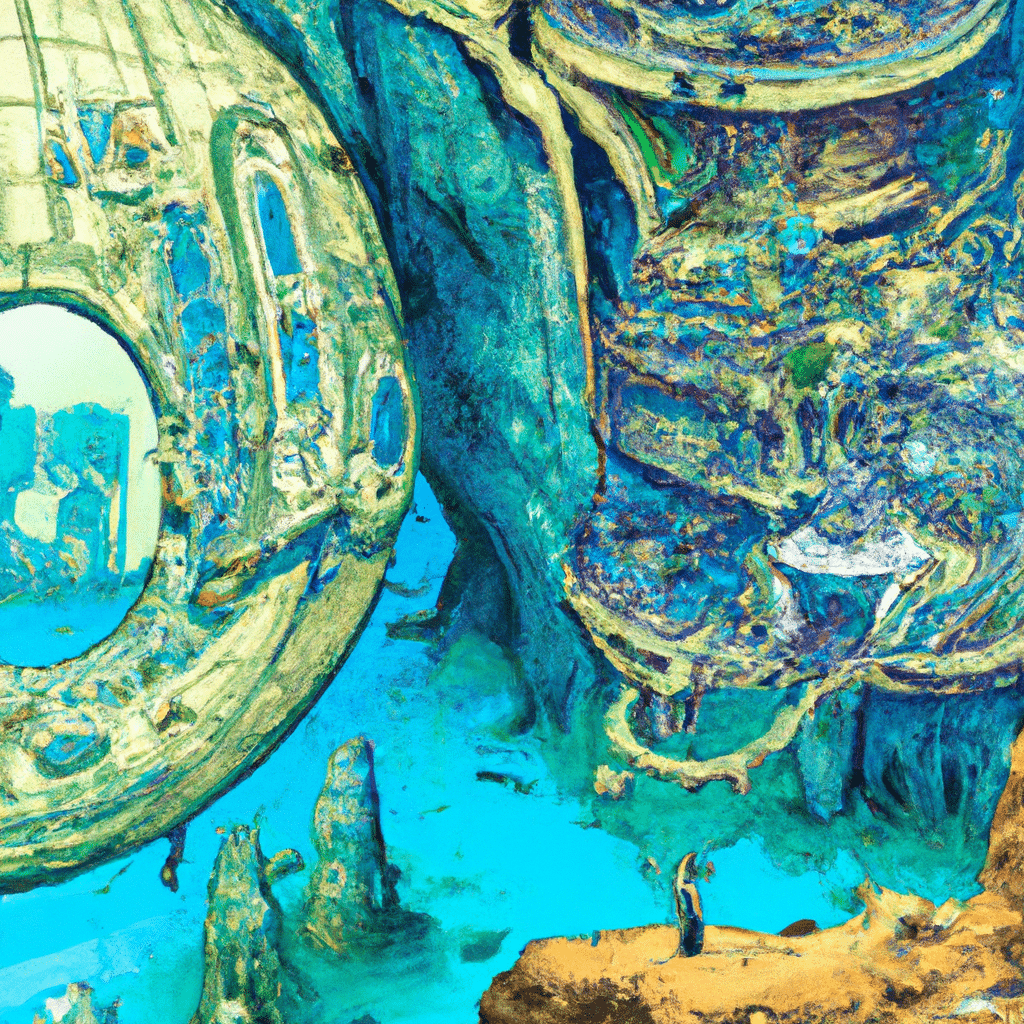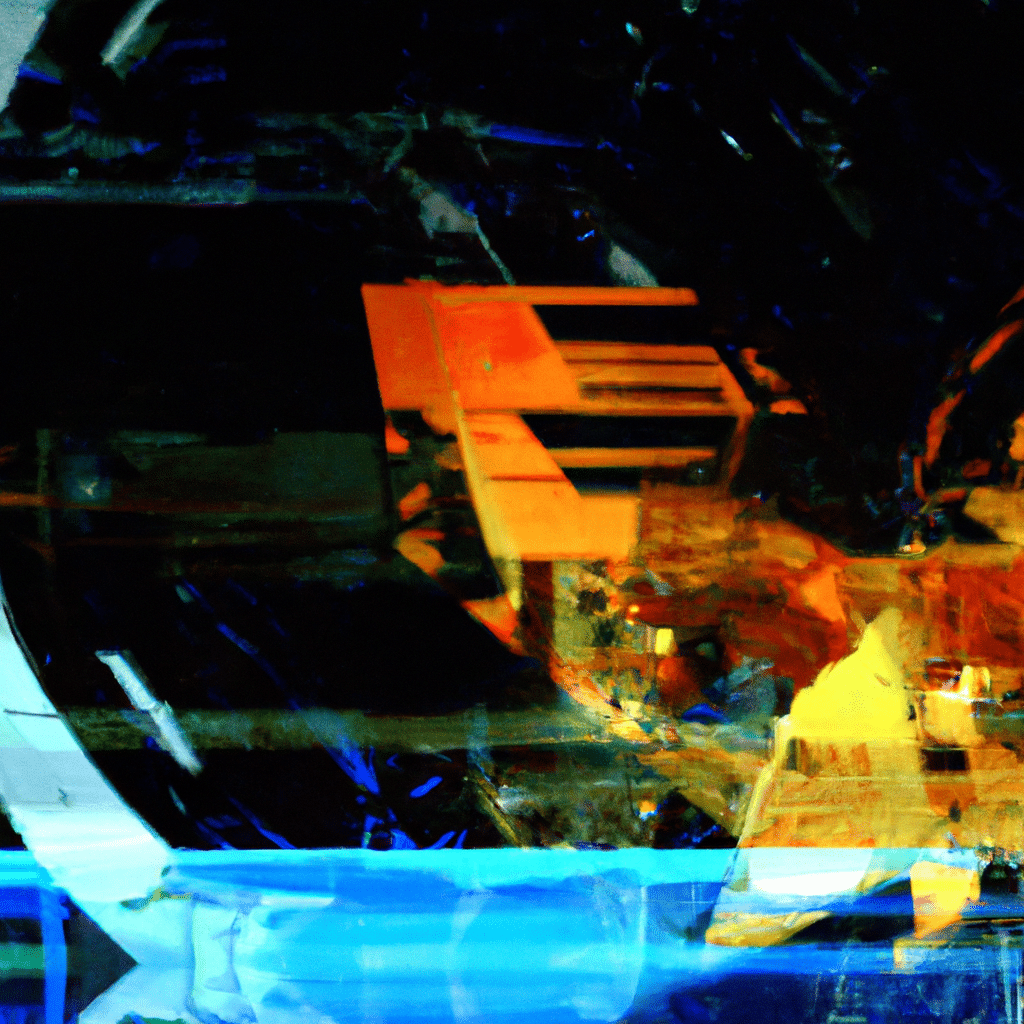All About AI in The Singleton Swirl: Artificial Intelligence Meets Molecular Complexity in Space
You know, in space no one can hear you scream, but maybe, just maybe, they can hear the ever-elusive echoes of artificial intelligence unraveling the mysteries of star formation. Researchers have been using AI – not for creating some cyborg astronauts or for helping green fellows from Mars understand our tweets – but for comprehending the development of molecular complexity in space during the process of star creation. So buckle up and let’s take a ride on the AI starship!
Key Points
- AI is extending its reach beyond the realms of digital world to the outer space. But there’s no word on whether it’s looking for E.T or not.
- Using AI to study space is like using a laser pointer for a cat, but this time the cat is a pile of extremely smart researchers and the laser pointer is the fascinating heap of complex molecules helping stars form.
- These researchers are basically the Indiana Jones of the galaxy, seeking out molecular mysteries that help stars twinkle twinkle. And their whip? It’s artificial intelligence.
- Such research not only helps us understand stars better, it could also give us hints about our own planet’s formation. Not quite a melodramatic “we are all made of stardust,” but close.
Final Thoughts
In summary, while some of us struggle with understanding how our new Alexa device works, incredibly brainy humans are using AI to crack open the secrets of space. This is a groundbreaking work that has implications far beyond astronomy. It might not bring us any closer to our dream of holidaying on Pluto, but it will certainly bridge the knowledge gap between our blue planet and those far-off cosmic entities. Just imagine, next time when you gaze up at the shimmering night sky, you’ll know that those aren’t just sparkly dots, but a celestial bonanza of molecular complexity. And of course, AI’s the quiet smart-alec helping us decode all that!
As part of this experiment I would like to give credit where credit is due. If you enjoy these, please take a moment to read the original article:
https://news.mit.edu/2024/researchers-discover-new-molecule-in-space-0422
Blog Title
AI: gpt-3.5-turbo-0125: chatcmpl-9Gvh5BCxZwFTgWchF849Hfh7p84po
Instruction: “You are an AI blog title generator. Create a catchy and concise title for the blog post that is catchy and optimized for search engines. Remove all html in the response and do not use quotes. Please do not use words that are unsafe to process in Dall-E image AI.”
Prompt: Content Summary of text from above.
Response: AI Unraveling Molecular Complexity in Star Formation
Image Description
AIgpt-4-0613:chatcmpl-9GvhFRdJJJJxlzLQ3ajcSaNSeh7Mo
Instruction: “You are a helpful assistant that creates unique images based on article titles. Create a brief visual description of what an image would look like for this title. Please pick a style of art from the following: Futurism, Impressionism, Romanticism, or Realism, be sure to consider the image should reflect an AI Robot Pirate theme during the Golden Age of Pirates.”
Prompt: In the style of Futurism, illustrate an AI robot pirate, dressed in regal pirate attire from the Golden Age of Pirates; tri-corner hat, eye patch, and a metallic parrot on its shoulder, standing on the deck of a rustic pirate ship. In its robotic hand, it holds a futuristic looking device that is projecting an illuminated holograph of a complex molecular structure. In the background, stars are forming in the night sky, with vibrant nebulae and celestial bodies illuminating the scene. The movement and dynamism of Futurism is reflected in the swirling stars and the luminosity of the holograph.
Response: AI Unraveling Molecular Complexity in Star Formation



